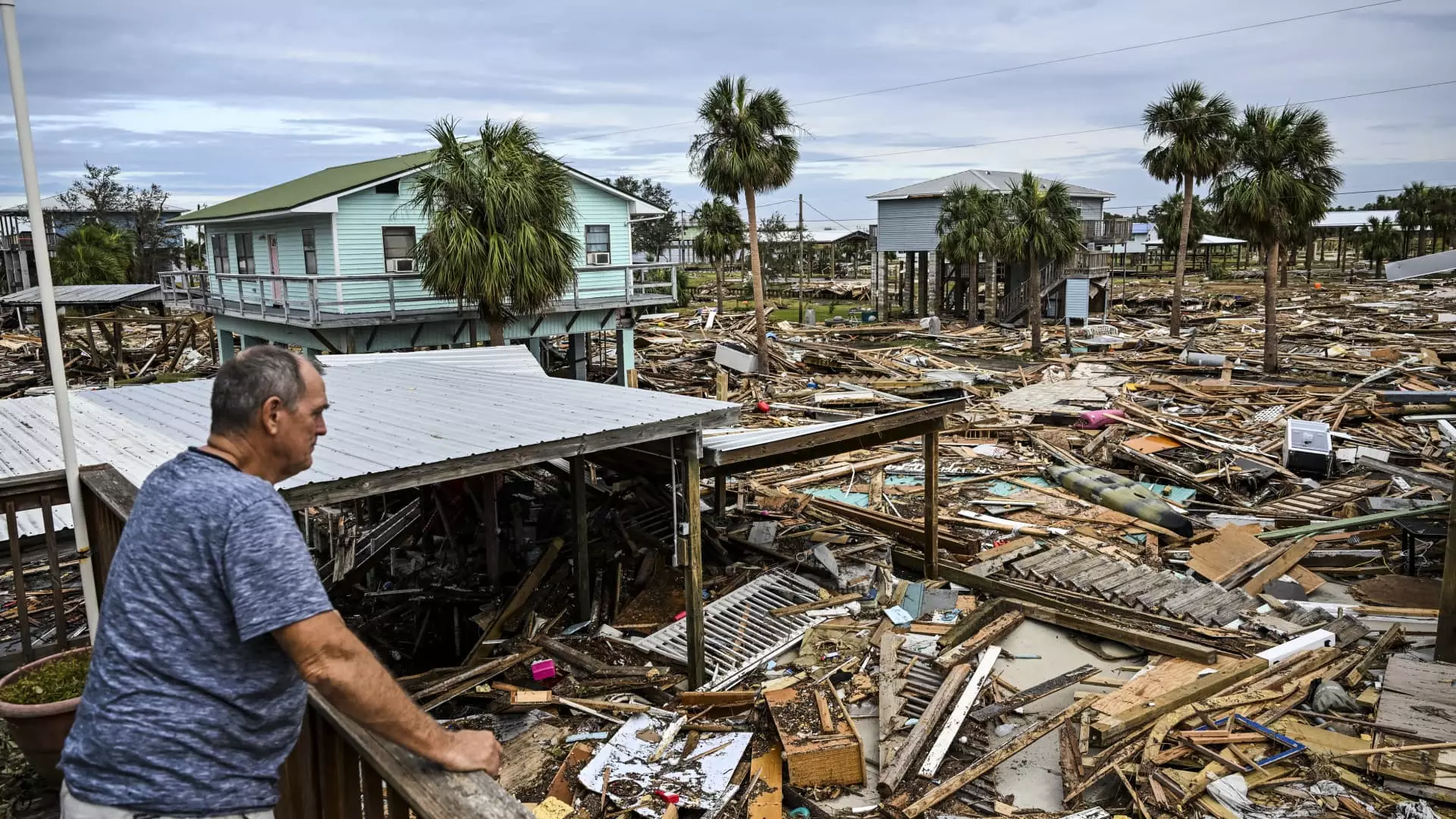Natural disasters, with their devastating force, often leave communities grappling with the aftermath of destruction. As victims begin the arduous task of recovery, understanding the financial support available to them is crucial. Among the avenues for financial relief, tax deductions can play a significant role, particularly the casualty loss tax deduction. However, navigating the eligibility requirements and the nuances of this deduction can be a complex process. This article aims to unpack these intricacies and provide clarity to those affected by recent natural disasters.
In the latter part of September, the southeastern United States faced severe weather challenges when Hurricane Helene struck, creating havoc in states such as Florida, Georgia, North Carolina, South Carolina, Virginia, and Tennessee. Just weeks later, the arrival of Hurricane Milton brought high winds and tornado threats, compounding the destruction especially in Florida. The effects of these storms have been profound, leading to decimated properties and staggering estimations of losses that could reach into the tens of billions. This reality demands a response not just on a practical level but also in terms of financial recovery, as many victims might find themselves questioning their financial options.
Taxpayers often seek out the casualty loss tax deduction, particularly in light of such disasters. This deduction allows individuals to amend their 2023 returns, claiming a tax break on losses incurred due to qualifying natural events. However, the process to determine eligibility is not straightforward, as pointed out by various tax professionals. Prior to 2018, the casualty loss deduction allowed for a broader range of personal losses. Damage from fires, storms, and other forms of destruction could be claimed, but the landscape changed with the passage of the Tax Cuts and Jobs Act of 2017. This legislation restricted the deduction exclusively to losses occurring in federally declared disaster areas—limitations that remain in effect until at least 2025.
For those eligible to file for the casualty loss deduction, the initial step involves calculating their home’s “adjusted basis.” This figure represents the original purchase price plus the costs associated with improvements made to the property. Following this, understanding the decline in the home’s fair market value post-disaster is essential. However, many homeowners may find themselves without a formal appraisal to establish pre-disaster value, leading them to rely on IRS-safe harbor methods that circumvent the need for detailed evaluations.
The calculation culminates in comparing the adjusted basis to the fair market value before the disaster, and then choosing the lesser of the two amounts. From this, insurance payouts and various relief payments should be subtracted. What often trips individuals up in this process is the subtraction of $100 from the total loss, plus 10% of their adjusted gross income (AGI). This means that those with higher AGI could see a significant reduction in their claimable losses, underscoring the importance of understanding AGI in relation to the casualty loss deduction.
In certain situations, victims may find that their losses qualify for special treatment under the tax code, a determination that often requires current congressional evaluation. For qualified disaster losses, taxpayers can enjoy more favorable conditions; the $100 threshold increases to $500, there is no limit concerning the 10% AGI, and individuals can add their loss on top of the standard deduction—a significant benefit during a time of need.
Understanding the intricacies of the casualty loss tax deduction and its related rules is essential for disaster victims looking to reclaim financial footing in the aftermath of turmoil. While tax relief can seem daunting, breaking down these processes and knowing one’s rights can offer a beacon of hope and clarity amid the wreckage. The journey to recovery is long, but informed action can provide critical support for those trying to rebuild their lives.

Leave a Reply